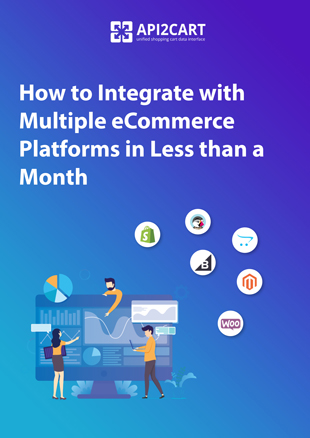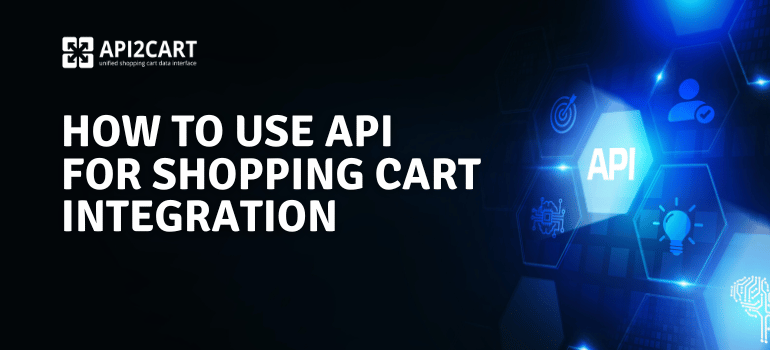
Representational state transfer (REST) is a software architectural style consisting of a coordinated set of architectural constraints applied to components, connectors, and data elements, within a distributed hypermedia system. REST ignores the details of component implementation and protocol syntax in order to focus on the roles of components, the constraints upon their interaction with other components, and their interpretation of significant data elements.” - Wikipedia.
This is the most common definition of REST that is given by Wikipedia. But sometimes it seems to be a little bit hard to understand. Let's try to break down complex REST- related topic into language we can all understand.
What Is REST?
In the simplest term, REST considered to be a set of principles that assign how HTTP and URLs Web standards are used. The main idea is that if you comply with REST principles while developing your application you will have a system that uses the Web’s architecture to your benefit.
In order to get computers connected together through a network and talking the same language, hundreds of methods have grown up during the years. Each method or protocol address computer communication in a specific way. For instance, you have probably heard about such technologies as SOAP, JMS or XML-RPC. SOAP requires a plenty amount of data and big computer capacity which is not suitable for the limited mobile apps’ resources. JMS is a kind of formal communication known as massaging between computers in a network which is mostly related to Java applications. XML-RPC also makes procedure calls over the Internet and has the same problems as SOAP. However, SOAP or XML-RPC can be easy if you have appropriate tools, they are a kind of an old school and are favored the approach of Java developers.
In contrast to these methods REST allows to pass a minimum amount of data through the same well-defined mechanism that the web determines, avoiding a lot of difficulties provided by fatter protocols. Moreover, it enables developers to create programs that access data via APIs in a proper way to make them work in environments with variable network speed and limited computing capacity.

eCommerce Integration Development
Explore how to develop the integration with various eCommerce platforms in less than 30 days.
Key Terms Related to REST
The principle of REST’s work is similar to the website in a browser. The resource is shown to the program through a URL. In this case, the program accesses that URL and get the data back. So, let's figure out two main terms: resources and representations. However, they are very simple concepts, one refers to a “thing” you want to talk to and the other indicates the “entities” you want to send.
The resource is located at some address to which a computer would like to send information or from which would like to receive it. For this purpose, it is used HTTP methods GET and POST. Furthermore, some resources store information in order to create other resources. One more important thing to understand is that REST supports other HTTP methods like PUT, DELETE, OPTIONS, HEAD, TRACE, and CONNECT. But the really important are GET and POST.
GET may be used to retrieve any kind of representation a resource may provide. POST creates a resource in case when the process of storing information is controlled by the server. It assigns a unique value or URL in the database.
“Safe” and “idempotent” are also key terms that are connected with REST. When the given HTTP method is invoked, the word “safe” means that resource state is unchanged on the server. GET is always safe, it doesn’t matter how many times you retrieve the data, its content won’t change. When talking about POST it appears a little argue. It’s not safe if POST is used to create a resource but if it is used to send a message it is considered to be safe.
The term “idempotent” means that a request can be done multiply, it doesn’t depend on how many times the method is invoked, the result is the same. GET is actually always idempotent. As it was mentioned above POST is mostly dealt with creating or modifying a resource so it’s not idempotent.
To sum up, behind the REST term lies a very simple concept of the Web architecture that broadens the functionality in order to satisfy customers’ needs and requirements. It’s very beneficial for developers to be aware of REST especially if they desire to turn their app API to a good Web member.
Here at API2Cart, we use REST API to ensure transparent data interaction. All the methods are programmed very clear in order to provide writability. Moreover, using the web browser line you can get all the necessary data. If you have some questions about methods that our API use, feel free to contact our Support Manager to find out more.



